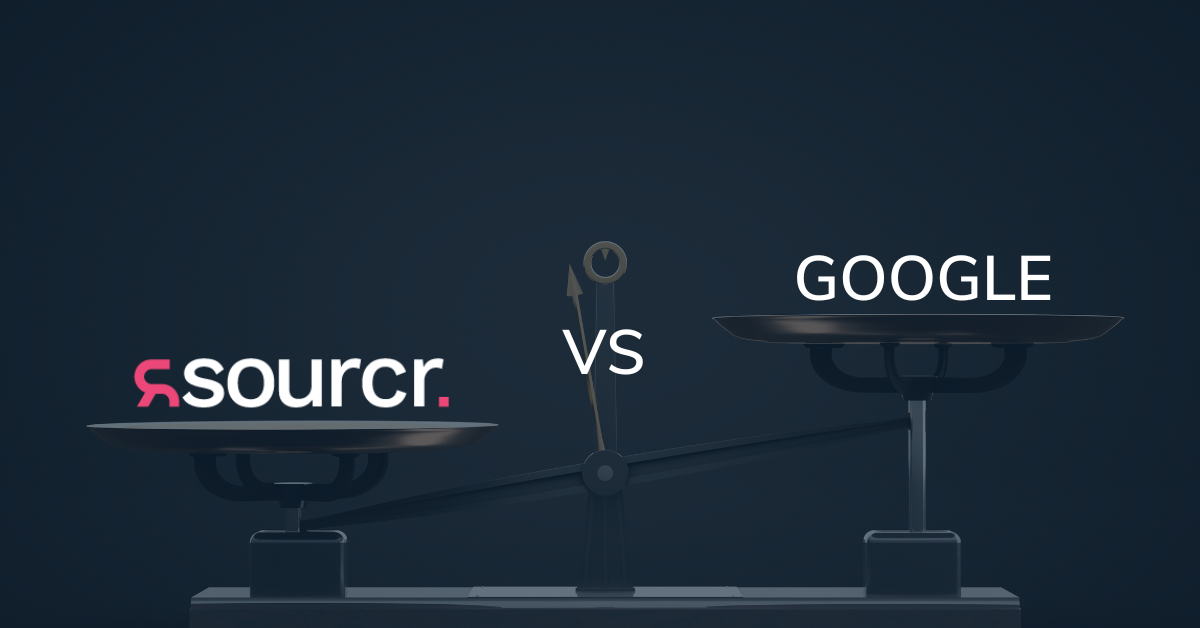For implementation to work really well the whole business needs to get behind the change and that goes beyond training. You need to identify and empower champions within each team.


Luke Howes
CFO, Six Degrees Executive









